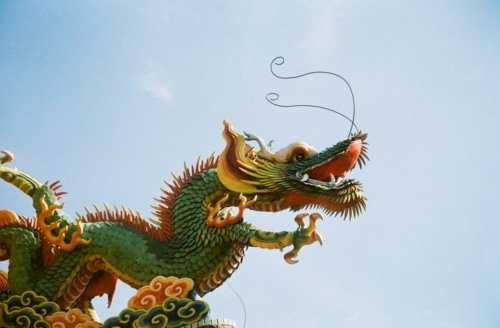

In that day the LORD with his hard and great and strong sword will punish Leviathan the fleeing serpent, Leviathan the twisting serpent, and he will slay the dragon that is in the sea.
Who, or what, is Leviathan? He is mentioned a few times in the Scripture. Most notably in Job 41, where he is described as somewhat like a fire-breathing crocodile. Psalm 74:14 adds to that description by referring to his multiple heads. Psalm 104:25-26 describes Leviathan as playing in the sea. He sounds much like one of the mythological sea monsters painted on ancient maps of the ocean.
Many cultures surrounding ancient Israel had similar creatures that played a part in their creation myths. Although called by different names, in those cultures, Leviathan represented the chaos monster that had to be subdued before the world could become habitable for life. And I believe that is key in understanding who or what Leviathan represents. He is chaos, a world in opposition to God and his people.
Isaiah tells us that on that day, the day of the Lord’s judgment, God will punish and slay Leviathan, the great dragon. On that day, God will establish a kingdom that will never end (Isa. 7:1-7), where death is no more, and every tear will be removed (Isa. 25:6-8)—a kingdom where Leviathan will no longer create chaos.
It seems likely that John borrowed this imagery in Revelation as he described an enormous multi-headed dragon whose tail swept a third of the stars from the heaven and who stood opposed to God’s people (Rev. 12). A dragon who is identified as “that ancient serpent, who is called the devil and Satan, the deceiver of the whole world” (Rev. 12:9). A dragon who, on that day, finds himself cast into the Lake of Fire (Rev. 20:10). Who has no place in the new heaven and earth created for God’s people. A world with no sea for Leviathan to frolic in (Rev. 21:1).
Related Posts
The post Slaying the Dragon – Isaiah 27:1 appeared first on A Clay Jar.


